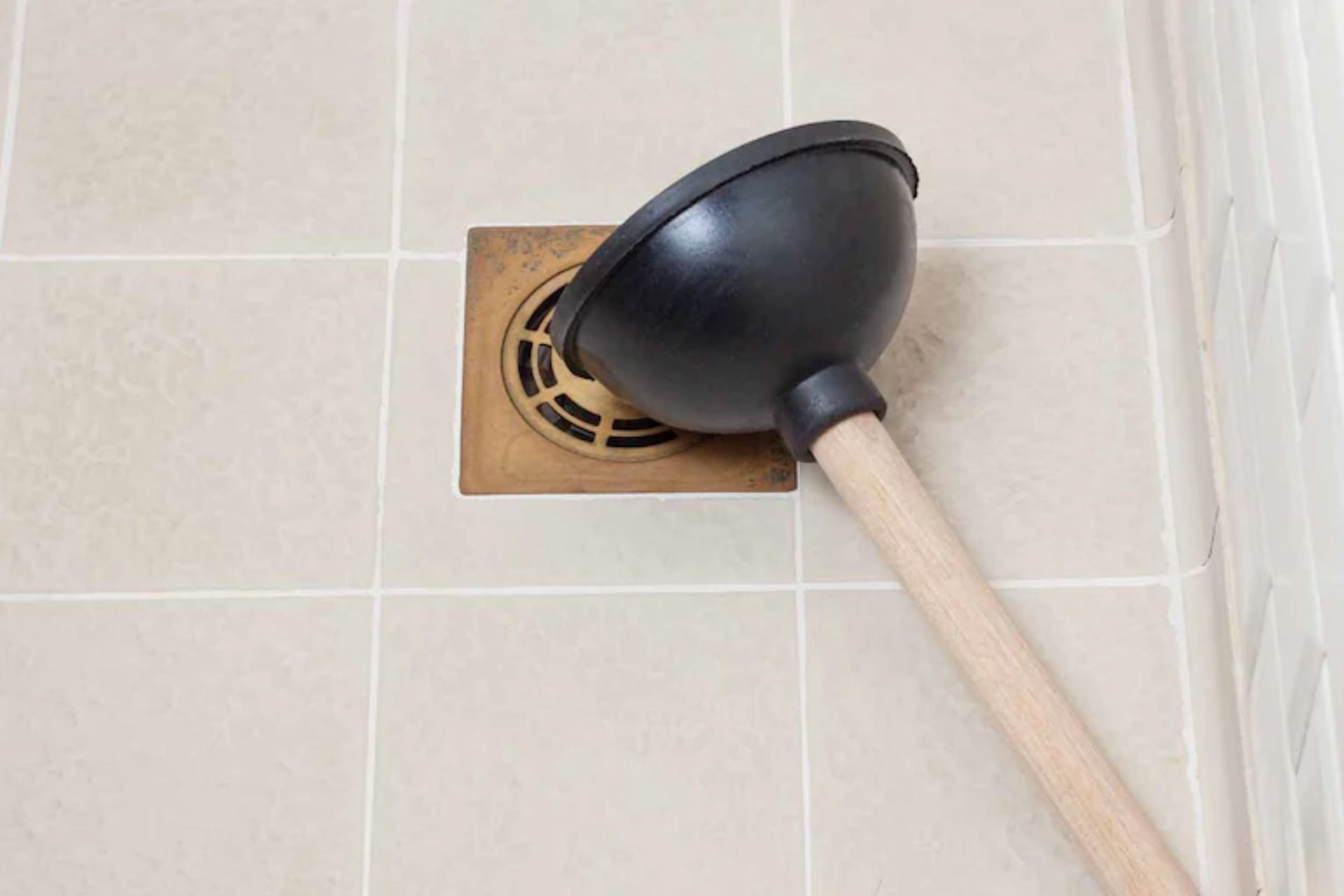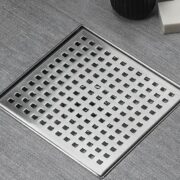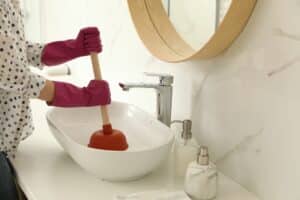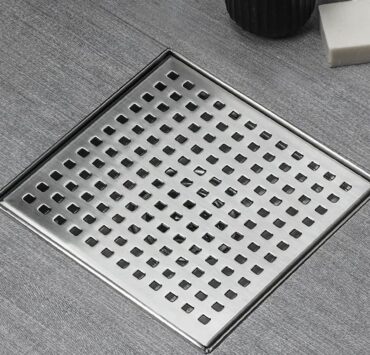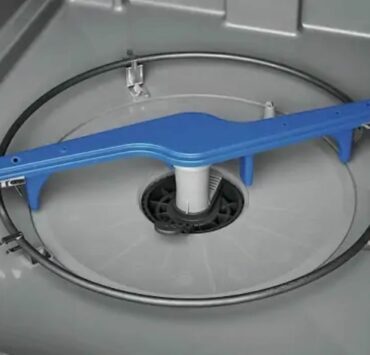“How to Unclog Shower Drain?” is a fairly common and frustrating questions that many homeowners ask.
It leads to slow draining water, unpleasant odors, and even potential damage to your plumbing system if left unaddressed.
While it might seem like a daunting task, unclogging a shower drain can be relatively simple if you know what to do.
In this comprehensive guide, we will explore various methods to unclog your shower drain, providing detailed instructions and tips for each technique.
Tools and Materials
Before you start, gather the following tools and materials:
- Flashlight
- Screwdriver (for removing the drain cover, if necessary)
- Plunger
- Wire coat hanger or plumber’s snake
- Rubber gloves
- Bucket or container
- Baking soda and vinegar mixture
- Cloth or towel
- Chemical drain cleaner (as a last resort)
Identifying the Type of Clog
There are several common causes of shower drain clogs, including:
Hair and soap scum
This is the most common cause of clogged shower drains. Hair and soap scum accumulate over time, eventually forming a clog.
Mineral buildup
Hard water can leave mineral deposits in your pipes, which can cause clogs.
Foreign objects
Items like small toys, hygiene products, or other debris can accidentally enter the drain and cause a blockage.
Identifying the cause of the clog will help you determine the best method for unclogging the drain.
Basic Techniques for Unclogging a Shower Drain
Follow these steps for unclogging your shower drain using basic techniques:
- Remove the drain cover: Put on rubber gloves and use the flashlight to inspect the drain. If there’s a visible drain cover, you may need to remove it with a screwdriver.
- Remove visible debris: Check for any visible debris or hair that might be causing the clog, and remove it using your fingers, a cloth, or pliers.
- Use a plunger: Place the plunger over the drain hole and press down firmly to create a seal. Pump the plunger up and down rapidly several times, then release the suction. Repeat this process a few times to dislodge the clog.
- Use a wire hanger or plumber’s snake: If the plunger doesn’t work, use a straightened wire coat hanger or a plumber’s snake to reach the clog. Bend one end of the hanger into a small hook or insert the snake into the drain. Gently wiggle the wire or snake to catch the clog, and then carefully pull it out.
Advanced Techniques for Unclogging a Shower Drain
If the basic techniques don’t resolve the issue, try these advanced methods:
1. Baking soda and vinegar solution
Pour one cup of baking soda down the drain, followed by one cup of vinegar. This combination will create a fizzing reaction that can help break down the clog. Allow the mixture to sit for at least 15 minutes before flushing the drain with hot water.
2. Chemical drain cleaner
As a last resort, you can try using a chemical drain cleaner to dissolve the clog. Be sure to follow the manufacturer’s instructions carefully, as these products can be corrosive and potentially damage your pipes if used improperly. Keep in mind that chemical drain cleaners should not be used in conjunction with other methods, as they can cause dangerous reactions.
3. Consider professional help
If you’ve exhausted all other options and the clog persists, it’s time to call a professional plumber. They have specialized tools and equipment to diagnose and resolve stubborn clogs safely and effectively.
Preventing Future Clogs
To prevent future clogs in your shower drain, follow these maintenance tips:
- Install a drain cover: A drain cover or hair catcher can help trap hair and debris before it enters the drain, making it easy to clean regularly.
- Clean the drain regularly: Remove hair and debris from the drain cover as often as possible to prevent buildup.
- Use a hair trap: Place a small hair trap or screen over the drain to catch hair before it enters the pipes.
- Limit the use of oil-based products: Oily soaps and shampoos can contribute to soap scum buildup. Opt for water-based products when possible.
- Perform routine maintenance: Occasionally use a baking soda and vinegar solution to clean your drain, which can help prevent clogs and keep the pipes clear.
Unclogging a shower drain may seem daunting, but with the right tools, techniques, and a bit of patience, you can effectively clear the clog and get your shower back to normal. Regular maintenance and preventative measures can help avoid future clogs and keep your plumbing system in good working order. If you continue to experience issues, it’s best to consult with a professional plumber.
